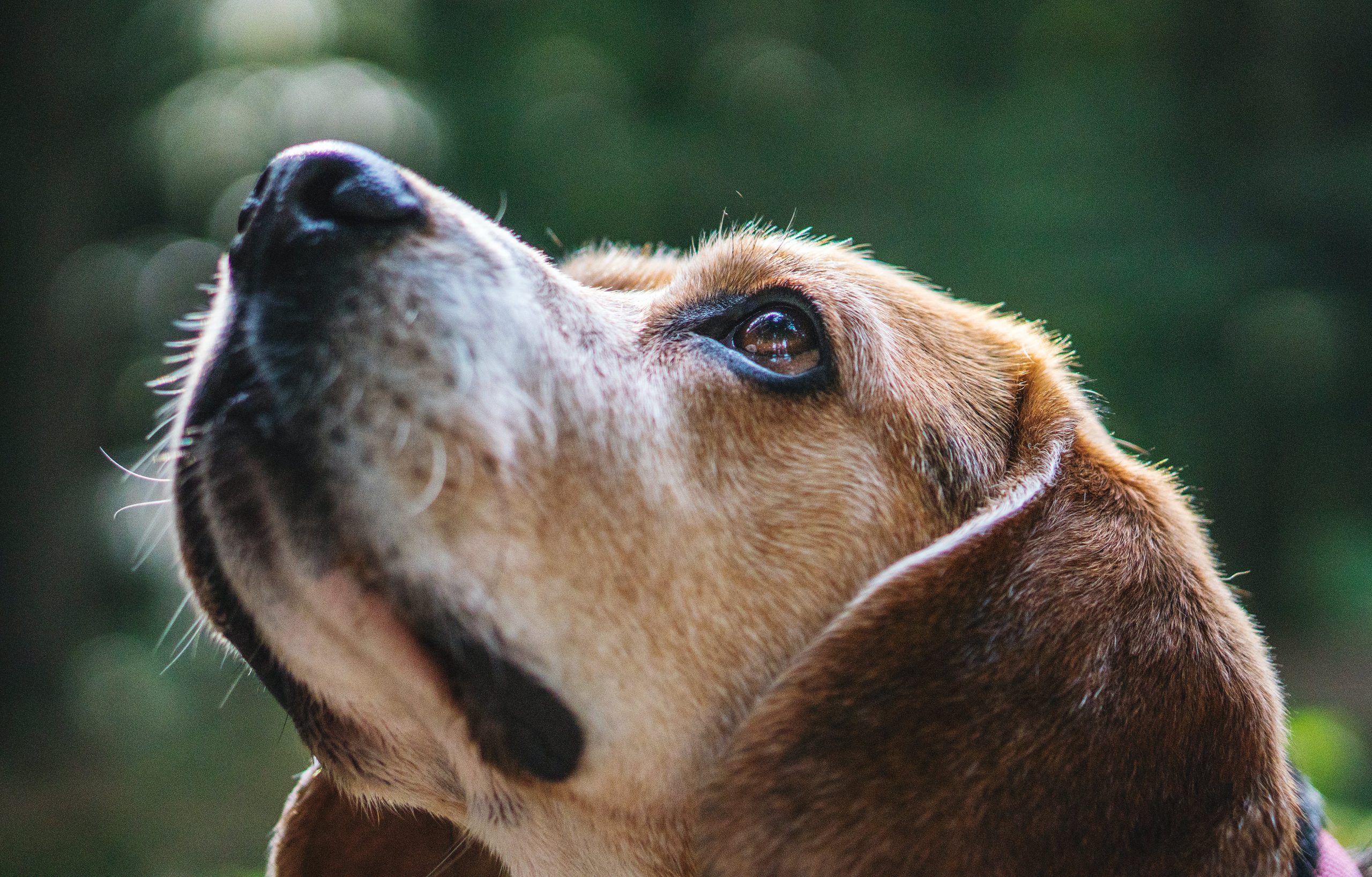
Dogs communicate a wealth of information through their eyes, offering subtle cues about their emotional state, intentions, and needs. Unlike humans, who rely heavily on verbal communication, dogs use their eyes as powerful tools for silent expression, connecting with their canine companions and human counterparts. How a dog looks at you can reveal everything from trust and affection to fear, aggression, or pain. Recognizing and interpreting these visual cues is crucial for understanding and responding to our dogs’ needs, ensuring their well-being, and strengthening our bond. This article will explore nine ways dogs communicate through their eyes, delving into the meanings behind various looks and eye movements. We can foster a deeper, more empathetic relationship with our furry friends by becoming more attuned to our dogs’ ocular expressions.

1. Direct Eye Contact
Direct eye contact in dogs can signify trust and confidence from a relaxed posture and soft eyes. This type of eye contact means a strong bond between a dog and its owner, indicating comfort and affection. However, in different contexts, direct eye contact can also be perceived as a challenge or threat in the canine world, especially if it comes from an unknown person or dog. Understanding the subtleties of direct eye contact and the accompanying body language is essential for interpreting its meaning correctly.
2. Avoiding Eye Contact
Avoiding eye contact can be a sign of submission or discomfort. Anxiety, fear, or guilt dogs may avoid eye contact, signaling their desire to avoid confrontation. This behavior can also indicate a high level of respect for the person or animal they are interacting with, acknowledging their dominance. Recognizing when a dog deliberately avoids eye contact can help assess their comfort level and emotional state.
3. Squinting or Blinking
Squinting or blinking can signify affection or a non-threatening gesture in dogs. When a dog squints or blinks slowly at you, it’s often referred to as “doggy kisses” and shows trust and love. This gentle eye movement can signify submission, indicating they are not a threat. Interpreting these signals correctly can enhance the communication between dogs and their owners, reinforcing a positive relationship.
4. Wide Eyes or “Whale Eye”
When a dog shows the whites of its eyes more than usual, often called “whale eye,” it can indicate stress, fear, or aggression. This is typically seen when a dog feels threatened and tries to monitor the potential threat while avoiding confrontation. Recognizing this sign is crucial for preventing situations that could escalate into fear-based aggression.
5. Hard Stare
A challenging, fixed stare is often a precursor to aggressive behavior in dogs. This intense gaze can signal that a dog is fixated on a target and may attack if provoked. It’s a clear warning to back off and give the dog space. Understanding this expression can help prevent potentially dangerous situations by allowing timely intervention.
6. Soft Gaze
A soft gaze, where a dog’s eyes appear relaxed and gentle, is a sign of contentment and trust. This expression often occurs during peaceful interactions with their owners, reflecting a deep bond and emotional security. Recognizing and reciprocating a soft gaze can strengthen the connection between a dog and its owner.
7. Looking Back or Checking In
Dogs often look back at their owners or “check-in” with their gaze during walks or in new environments. This behavior indicates that they seek reassurance or guidance from their trusted companion. It signifies a respectful and secure relationship, showing that the dog values their owner’s presence and direction.
8. Rapid Eye Movement
Rapid eye movement in dogs, especially when accompanied by other signs of alertness, can indicate excitement or interest in something. This could be a reaction to seeing a squirrel, another dog, or anything that piques their curiosity. Recognizing this sign can provide insights into what captures your dog’s attention and how they respond to stimuli.
9. Half-Closed Eyes
Half-closed eyes in a dog can be a sign of relaxation, contentment, or even pleasure. This expression is often seen when a dog is petted or settling for a nap in a comfortable spot. It indicates that the dog feels safe and at ease in its environment.
A dog’s eyes are windows into their emotional world, conveying a wide range of feelings and intentions without a single bark. Each look has meaning and context, from direct eye contact and squinting to wide eyes and soft gazes. By interpreting these ocular cues, owners can better understand and connect with their dogs, ensuring their needs and feelings are understood. This silent language of the eyes deepens the bond between dogs and humans, enriching the relationship with trust, empathy, and mutual respect.

The post 9 Ways Dogs Communicate Through Their Eyes appeared first on iHeartDogs.com.
via Whisker Therapy